As temperatures drop, the quest for the best flannel sheets to keep you warm at night begins. This blog cuts through the clutter to provide insights on selecting flannel sheets that promise both warmth and durability, without unnecessary fluff.
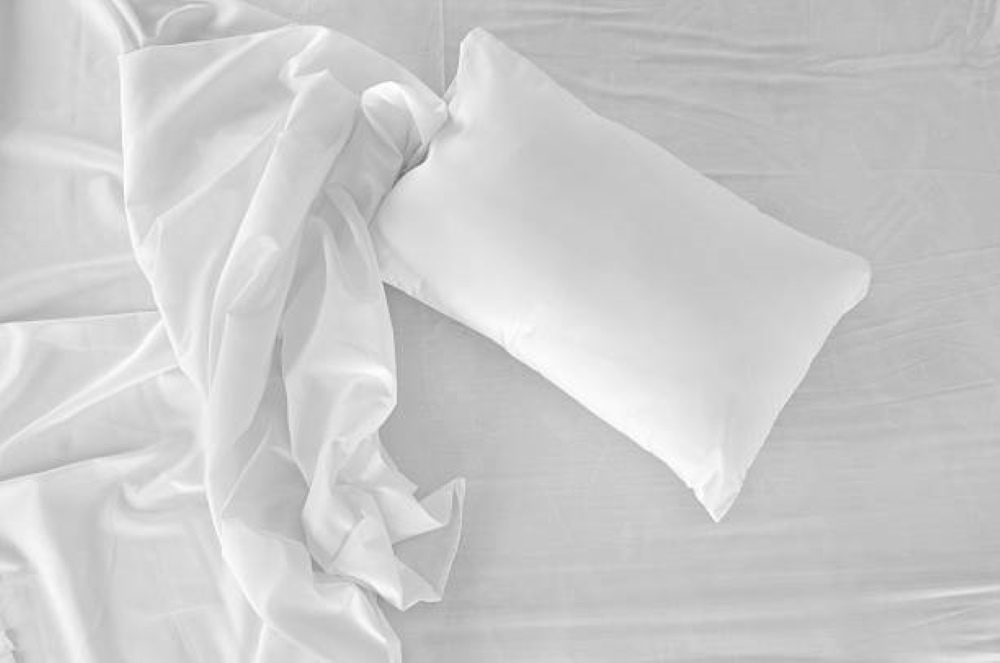
Key takeaways
- Flannel sheets provide warmth and softness due to their twill weave and treatments like fulling and brushing; flannelette, while similar, is usually a softer brushed cotton.
- High-quality flannel sheets have a weight of at least 170 GSM, offer longevity and comfort, and come in various colors and designs to match personal taste and decor.
- Proper care for flannel sheets includes cold wash without fabric softener, avoiding bleach, double rinsing, and gentle air drying to maintain softness and prevent damage.
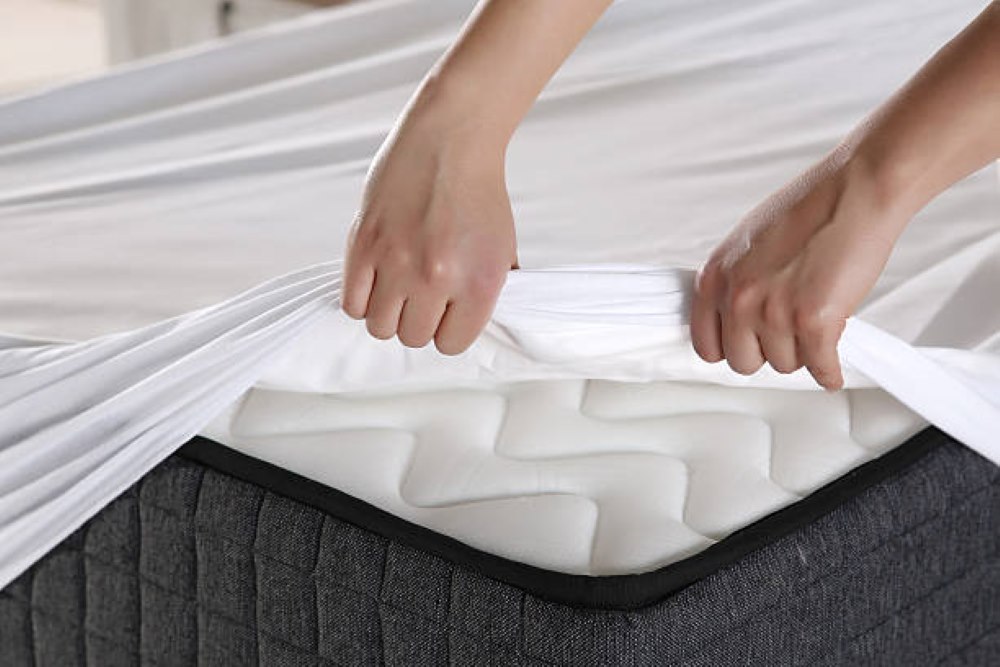
The warmth of flannel: An overview
Flannel, a soft woven fabric, has long been the hallmark of cosy and warm bed sheets. Its evolution has seen the incorporation of different materials such as cotton, carded wool, and synthetic fibers, diversifying its use and characteristics. While the fabric can be brushed for extra softness, its warmth and softness are inherent due to the loosely spun yarn used in its weave.
The secret to flannel’s enhanced warmth lies in its:
- Twill weave.
- Fulling treatment.
- Gauging treatment.
- Combing treatment.
These contribute to its soft texture and make it ideal for use in bed sheets during colder seasons.
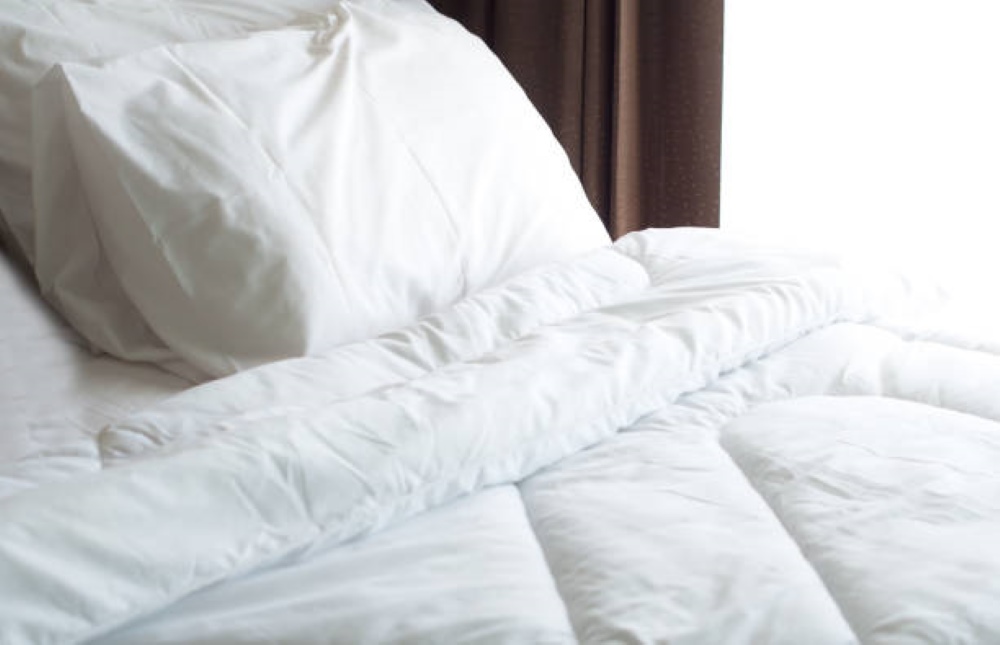
Flannelette bedding origins
Flannelette, a cosy cousin of flannel, can trace its roots back to 16th-century Wales. The fabric spread across Europe, with the term ‘flanelle’ appearing in France by the late 17th century and ‘flanell’ in Germany by the early 18th century. The industrial revolution brought about a rise in flannelette’s popularity, with towns like Newtown and Llanidloes in Wales becoming notable for flannel production.
The spread of carding mills during this era made wool preparation more accessible, facilitating flannelette’s widespread use.
Flannel vs flannelette
While flannel and flannelette might seem similar, they have distinct compositions. Flannel typically refers to a wool-based material or a wool/cotton blend, whereas flannelette is usually made from cotton. The key difference lies in their finish: flannelette is specifically brushed to create an extra soft finish, giving it a flannel-like appearance.
Regardless of the choice, both fabrics provide a soft, warm, and comfortable feel perfect for a good night’s sleep.
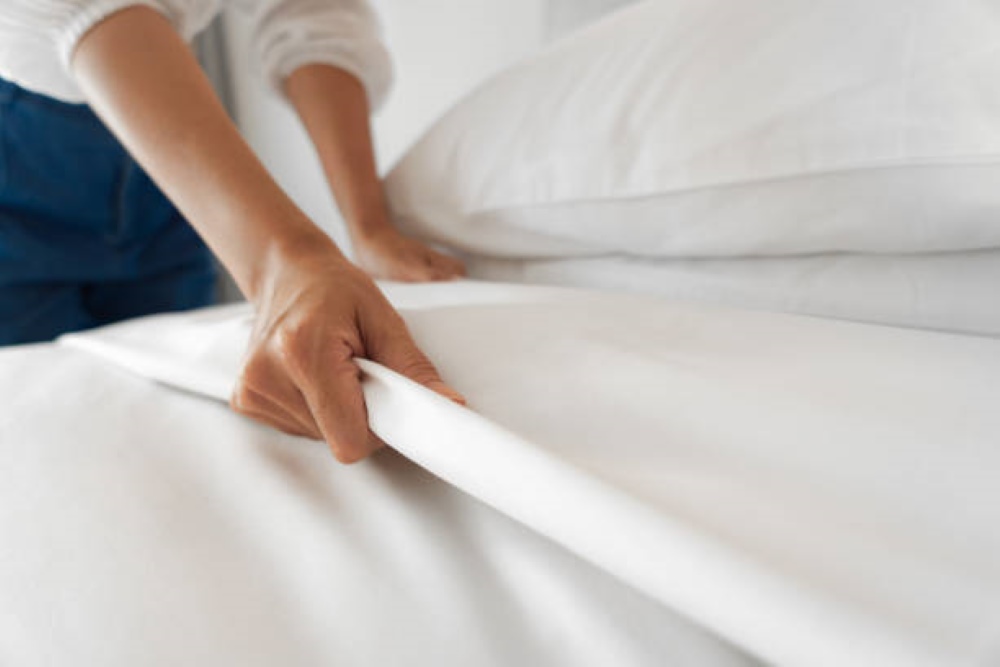
Choosing the perfect flannel sheets
When it comes to choosing the perfect flannel sheets, there are a few key factors to consider. The quality of flannel sheets is largely determined by their weight, measured in grams per square meter (GSM). A GSM of 170 is indicative of a superior quality product, promising durability and warmth.
Material quality and softness
The material quality and softness of flannel sheets greatly contribute to their comfort. High-quality flannel sheets weigh at least 5 ounces per square yard, making them more durable and less prone to pilling. For an extra cosy feel, go for brushed cotton flannelette. The brushing process offers a warm and soft surface that’s particularly soothing.
Double-napped flannel enhances this softness as well as durability. Quality cotton flannel is not only soft to the touch, which is beneficial for sensitive skin, but it also plays a role in the lastingness of sheets, making them a sound investment.
Fitted sheets and pillowcases
Flannelette fitted sheets, flannelette flat sheets, and pillowcases are integral for achieving a snug and warm sleep environment. Their ability to maintain heat next to the body makes them an excellent choice for colder climates or for individuals who prefer extra warmth when sleeping.
Besides, these fitted sheets, pillowcases, and duvet cover are available to complete a comfortable and cozy bedding set, providing extra comfort and enhancing the overall sleeping experience on your mattress with the addition of pillows.
Colour and design options
The aesthetic appeal of your bedding isn’t something to overlook. With a vast selection of colors, from vibrant hues to more subdued tones, flannelette sheets can complement your bedroom décor. The patterns extend from timeless plaid and tartan designs to more contemporary and nature-inspired motifs.
With such a plethora of color and design options, finding flannelette sheets that resonate with your personal taste and bedroom theme is easily achievable.
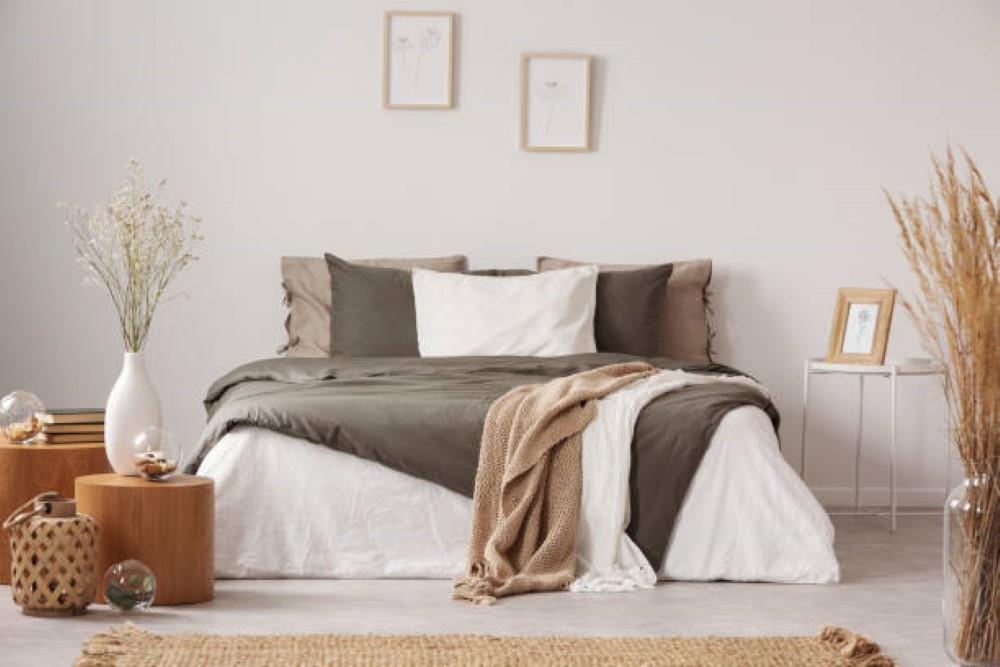
Caring for your flannel bedding
Proper care of your flannel bedding is essential to maintain its softness and durability. Here are some tips:
- Use a double rinse cycle during washing to remove any detergent residue.
- Avoid the use of fabric softeners and harsh chemicals like bleach.
- Wash flannel bedding alone or with other flannel items to prevent pilling caused by friction with other types of fabric.
Following these tips will help keep your flannel bedding in great condition.
Over time, the ‘hairs’ on sheets may compact, resulting in a denser texture that feels less soft but retains warmth more effectively.

Washing instructions
To preserve the quality and prevent pilling of flannel sheets, follow these steps:
- Wash them using cold or cool water on a gentle cycle.
- Use distilled white vinegar in the first wash to help set the colors and keep them vibrant.
- Use a double rinse cycle to thoroughly remove laundry detergent residue, which might otherwise cause stiffness in sheets.
It’s important to note that fabric softeners should be avoided as they can break down the fibers and lead to increased pilling and fabric stiffness. Washing flannel sheets separately from other laundry, like towels and clothing, can reduce friction and help maintain their soft texture.
Drying and storage tips
When it comes to drying, air drying flannel sheets is the most beneficial method for fabric care and maintaining their softness over time. However, if air drying is not practical, flannel sheets can be tumble dried using a low heat setting to avoid excessive shrinkage or damage to the fibers. Including clean tennis balls or wool dryer balls in the dryer can help to reduce friction, which in turn preserves the softness and prevents pilling.
For an extra touch of softness, putting flannel sheets through a gentle fluff cycle in the dryer after air drying can provide a soft, cozy feel before storage or use.
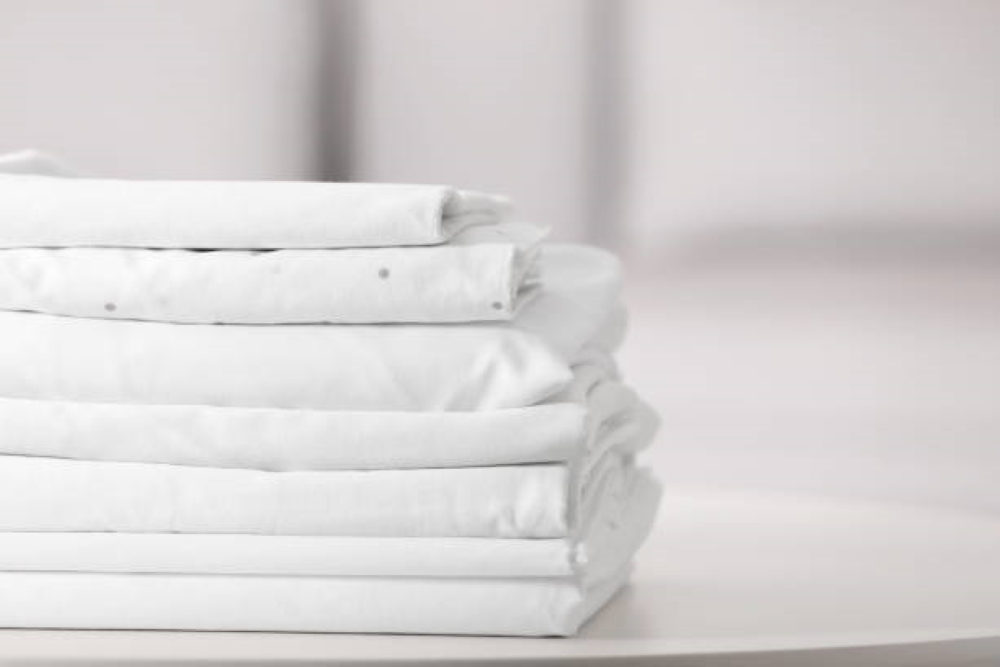
Environmentally friendly and chemical-free options
For those mindful of their environmental footprint, there are environmentally friendly and chemical-free options for flannel sheets. Organic flannel sheets, for instance, can utilize plant-based softeners to maintain softness without the need for synthetic chemicals.
Organic flannel sheets
Organic flannel sheets are made from cotton grown without the use of pesticides, herbicides, and harmful dyes. They are brush-processed to create a warm, fuzzy surface without synthetic finishes. Some organic flannel sheets incorporate eucalyptus lyocell, enhancing their hypoallergenic, temperature-regulating, and dust-mite resistant properties.
Materials like GOTS certified organic cotton ensure the sheets are made under eco-friendly, durable, and ethical conditions.

UK bed sizes
Flannel sheets are produced in various sizes to fit different UK bed dimensions. From single to super king size, there is a perfect fit for every bed.
Single UK bed dimensions are 90 cm by 190 cm, double beds measure around 135 cm by 190 cm, king size beds are about 152 cm by 198 cm, and super king size beds are approximately 183 cm by 200 cm.

Summary
In conclusion, flannel sheets are undoubtedly a valuable addition to your bedding collection, promising warmth, comfort, and a cozy sleep experience. From the characteristics, price, delivery and origins of flannel to the selection and care of flannel sheets, these factors all play a significant role in ensuring that you get the best value for your investment.
When you slip into a bed adorned with flannel sheets, you’re not just enjoying a product; you’re embracing a tradition of comfort that has been refined over the years. The right set of flannel sheets can transform your bed into a warm haven, providing an inviting and snug atmosphere that enhances the quality of your rest.

Frequently asked questions
What is flannel made of?
Flannel is made of soft woven fabric that can be produced from cotton, carded wool, worsted yarn, or synthetic fibers.
What is the difference between flannel and flannelette?
The main difference between flannel and flannelette is that flannel is usually made of wool or a wool/cotton blend, while flannelette is typically made of cotton and has a brushed finish for a softer texture and appearance.
How can I protect the quality of my flannel sheets?
Protecting the quality of your flannel sheets is crucial to ensure they remain comfortable and durable over time. To achieve this, it is important to follow specific details on the care instructions tailored to the unique properties of flannel.
This includes proper washing techniques, drying methods, and general maintenance practices that will help to preserve the fabric’s softness, colours and warmth. By adhering to these guidelines, you can extend the lifespan of your flannel sheets and maintain their cozy feel for many nights to come.